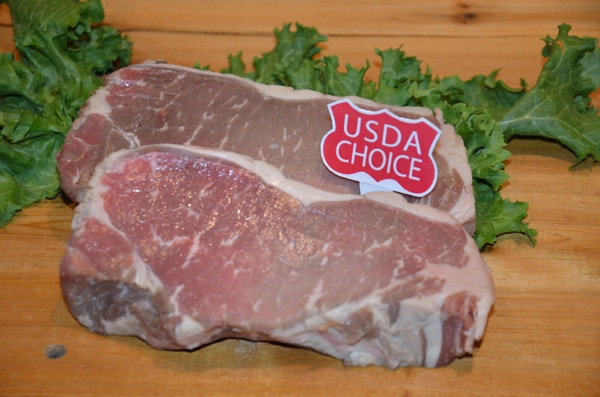Sri Lanka, an island nation off the southeastern coast of India, represents a new, untapped market for U.S. beef.
November 2, 2012

With U.S. beef being exported to more than 100 countries across the globe, cattle producers may wonder if any new, untapped markets still remain. This is a question often reviewed by the U.S. Meat Export Federation (USMEF), especially with ever-changing economic and political circumstances in many destinations.
USMEF has been actively marketing U.S. beef in southern Asia for some time, especially in countries belonging to the Association of Southeast Asian Nations (ASEAN). Although most demand for U.S. beef is centered in mainstay markets such as Vietnam, the Philippines, Indonesia and Singapore, economic expansion in other southern Asian nations has led to broader trade opportunities and revealed new export growth potential.
One such market is Sri Lanka, where USMEF recently conducted an in-depth market evaluation using funding provided through the USDA Market Access Program (MAP). Sri Lanka is an island nation off the southeastern coast of India with a population of more than 20 million. Until 2009, it was plagued by civil war and ongoing political conflict. The island was also devastated by a deadly tsunami in 2004, which killed more than 30,000 people and displaced 1.5 million others.
Recently, however, Sri Lankans have enjoyed a much more peaceful existence, which has led to economic growth and a revitalized tourism sector. Sri Lanka’s gross domestic product (GDP) grew by more than 8% last year, to about $60 billion.
BEEF Video: USMEF Shares Its Beef Export Outlook
The country’s meat trade is still in its infancy, but both the interest and infrastructure are in place. Currently, only Australia and New Zealand enjoy market access for fresh and frozen beef products. (Trade data suggests Singapore and Malaysia are also suppliers, but product imported from those countries is believed to have originated from Australia and New Zealand.) Import duties and other fees can be very steep in Sri Lanka – as high as 80%. While halal certification isn't required, it tends to be a common customer preference as Sri Lanka’s population is about 8% Muslim.
“U.S. beef has been shut out of this market since 2003, but there are importers here who pre-date that ban and are still familiar with the quality of our product,” says Joel Haggard, USMEF senior vice president for the Asia Pacific region. “Now that the economic and political climates have stabilized, we feel there’s an opportunity to revisit this issue and hopefully regain market access.”
Another Perspective: Japan Commission Recommends Increasing Age Limit On U.S. Beef Imports
Sri Lanka’s largest city is Colombo, with a population of 750,000 within the city limits and 1.5 million in the metropolitan area. Numerous supermarket visits in this area revealed a retail sector that is growing rapidly and sorely in need of a wider range of products.
“Modern supermarket chains such as Keells and Cargills are operating in Sri Lanka, but rely mostly on domestic goods,” Haggard says. “There are definitely growth opportunities in this sector for a wide range of American products, including U.S. beef.”
Haggard believes the biggest opportunity in Sri Lanka lies in that nation’s efforts to bolster tourism, which could make the hospitality sector a promising outlet for U.S. beef. In addition to the area around Colombo, the island’s spectacular east coast is a major target for tourism development.
“Sri Lanka has ambitious plans to make it onto the ‘A list’ of Asian tourist destinations, in line with Bali and several popular locations in Thailand,” Haggard explains. “It certainly has the beaches, archeological and cultural sites and eco-tourism potential, but its infrastructure is still in need of improvement.”
One potential avenue for USMEF to pursue is Sri Lanka’s newly reopened Institute of Tourism and Hotel Management, which hasn't been operational because of past political and economic difficulties. Sri Lanka’s Ministry of Economic Development has earmarked funds to revitalize this facility
“With the current access challenges we face in Sri Lanka, this is a market that will require patience and some significant groundwork,” Haggard says. “But it's a country committed to economic growth and development, and embracing trade will have to be part of that equation. It’s really exciting to see the opportunities that are unfolding here.”
You May Also Like



